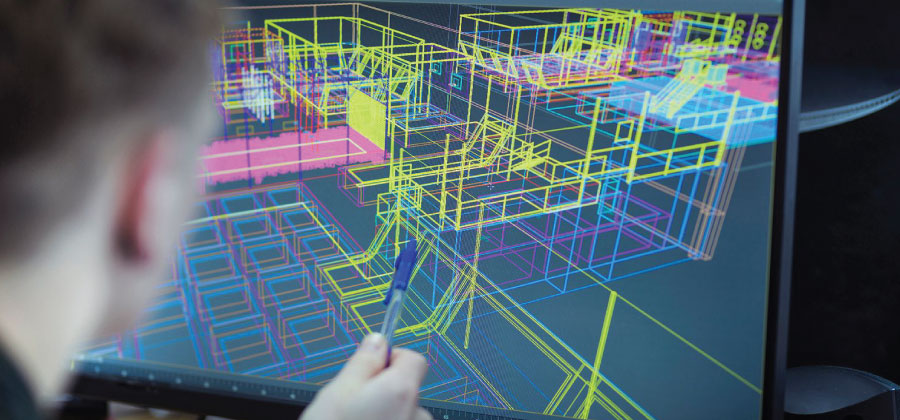3D Modeling's Level of Detail (LOD)
In the world of 3-dimensional modeling, where intricacy and precision are paramount, the concept of Level of Detail, or LOD, plays a pivotal role. Whether you are a seasoned 3D artist or just stepping into this fascinating realm, understanding LOD is essential to creating realistic and efficient 3D models. This article will explore what LOD means, its significance, and how 3D modeling influences various industries, from gaming to architecture.

What is the Level of Detail (LOD)?
Level of Detail (LOD), in the context of 3D modeling, refers to simplifying a 3D model by progressively reducing its complexity. This reduction in complexity is implemented as the model moves farther away from the viewer's perspective. LOD is a technique to optimize the rendering process in real-time 3D applications.
The Significance of LOD
1. Performance Optimization
Maintaining a high frame rate in real-time 3D applications like video games is essential for a smooth and enjoyable user experience. LOD helps achieve this by reducing the computational load on your hardware. When objects in the distance are less detailed, your computer's graphics card doesn't have to work as hard, resulting in smoother gameplay.
2. Efficient Resource Utilization
Efficiency is key in 3D modeling. LOD allows 3D artists to allocate more polygons and texture resolution to objects closer to the viewer, where the details are most noticeable. This efficient resource allocation ensures that the most important aspects of a scene receive the most attention, making the overall model more visually appealing.
3. Cross-Platform Compatibility
Different devices and platforms have varying levels of computational power. LOD allows developers to create applications that run on various devices, from high-end gaming PCs to mobile phones and consoles. By adjusting LOD settings, developers can tailor the experience to suit the capabilities of the target platform.
Industries Benefiting from LOD
1. Gaming
LOD is indispensable for maintaining high frame rates in the gaming industry, even visually complex games. It allows players to explore expansive game worlds without sacrificing performance. LOD also enhances gameplay, as objects at a distance do not need intricate details, while those up close demand higher realism.
2. Architecture and Visualization
Architects and 3D visualization professionals use LOD to create detailed architectural models. It enables them to provide clients with immersive, interactive tours of buildings and landscapes. When presenting designs to clients, architects can use LOD to show different levels of detail, from overall layouts to intricate interior elements.
Implementing LOD in 3D Modeling
1. Create High-Resolution Models: Create a high-detail 3D model that captures all the intricacies you want to include in your scene. This model serves as the base for LOD.
2. Determine LOD Levels: Decide on the specific levels of detail you need for your project. For example, you might have three LOD levels: high, medium, and low.
3. Simplify Geometry: Reduce the complexity of the 3D model for each LOD level. This often involves reducing the number of polygons, merging vertices, and simplifying textures.
4. Texture Resolutions: Adjust texture resolutions to match the level of detail. Objects in the distance may use lower-resolution textures, saving memory and processing power.
5. Switching Mechanism: Implement a mechanism that switches between LOD levels based on the object's distance from the camera. This requires scripting or programming in the 3D application or game engine.
6. Testing and Optimization: Thoroughly test the LOD system to ensure seamless transitions between levels. Optimize the LOD distances and levels as needed to achieve the desired performance.
Conclusion
Level of Detail (LOD) is a fundamental concept in 3D modeling that influences everything from gaming to architectural visualization. It balances realism and performance, making it an essential technique for creating immersive and efficient 3D environments.